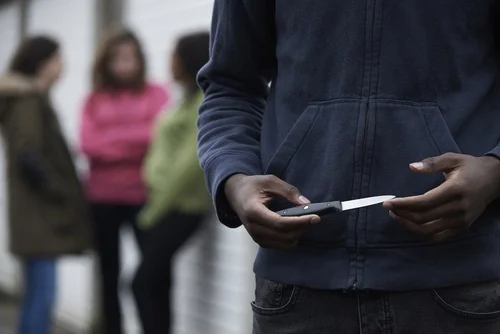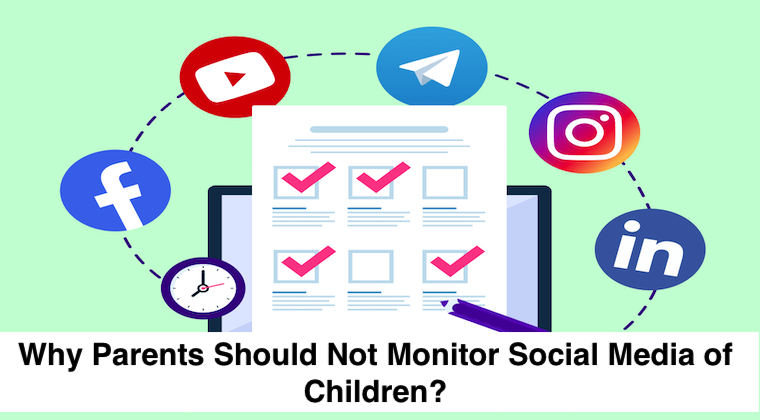+1 845 259 2974 (11 a.m to 7 p.m CST)
How can colleges assist low-income students through graduation?

Higher education is generally seen as the ladder that takes students toward economic success. Unfortunately, poverty and education are no best friends. Very few students climb up that ladder and stay on. President Obama and first lady Michelle Obama have made college access and affordability one of their priorities. Now they are not only ensuring that low-income students get into colleges but they are also pressing colleges to dig up ways to help these students graduate.
It’s a big challenge – getting students from low-income backgrounds to go to college. Poor students have an even lesser chance of getting into college than members of racial minority, let alone kids from wealthy families.
The dirty little secret of American higher education
The American higher education system has a fair share of dirty little secrets. Universities tend to advocate racial diversity and do a very good job at promoting it but we rarely see a school working on socioeconomic diversity. They do very little for poor kids’ education.
Why attaining higher education is difficult for poor students?
A recent survey by the Georgetown University reveals that a majority of low-income students, who otherwise are top-achievers, do not go on to get a post-graduate degree. This is because a very few number of universities endorse financial assistance to students in need for it. Neither do they go looking for them as there is a very low chance of them being able to pay tuition fees that the wealthier students are ready to pay the institution.
But money is not the only hurdle that poor students have to overcome for a college degree. Students whose parents didn’t go to college are less likely to know when and how to navigate the application process, filling out financial aid forms and planning out, months in advance, strategies for getting recommendations and finding schools that are the right fit.
Sending some help
Colleges differ in the amount they put in to get low-income students on-board and whether they stay in the college or not. Sometimes simple techniques — such as waiving application fees — can make a big difference in terms of student enrollment and eventual success.
Another study by the Stanford University says that just providing low-income students with the basic information about applying to colleges helps increase the number of poor and high-achieving applicants. It also boosts up the graduation rates.






















